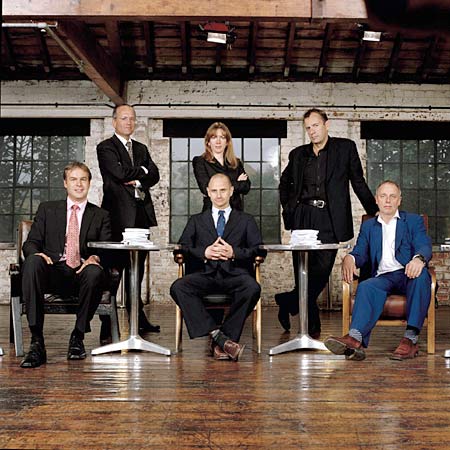There's another factor no one's talked about yet - retail markups. The homebrew shops presumably are going for gross profit margins of 30% - 40% (gross margins - just the sales cost of a good related to how much you paid for it, not including salaries or electricity or marketing or any other overhead). Figure that a $20 CC, they're probably paying $12 or $13 for it, at most.
Figure as well - let's say you get the manufacturing and packaging down - how are you going to sell them? Not sure how the distribution models work, I *think* there are a couple of big distributors that sell most products to the shops. You've either got to convince a distributor to carry your version of the same product they already sell, or convince hundreds of stores around the country to do the same.
And what's your selling point? What's the marketing angle?
"We'll sell it for $15, instead of $20"?
I just don't see it making any sense to try and shoehorn in on this.
1. It's a tiny market and inherently limited (maybe 30k potential customers, maybe a few more, but very limited repeat sales; you buy one and you're good)
2. All of the costs of the mold-making and other manufacturing costs
3. If you're trying to compete on price, you're probably looking at selling these to the retailers for maybe $10 a pop. Doesn't leave a lot of room for margin expansion.
And, there's no real potential for scale. You aren't going to start selling these more broadly unless you figure a way to 86 the need for a full CO2 tank. Maybe if you could create carbonated beverages using a simple, CC-like device that used the CO2 chargers or a simple regulator, you could sell to the health-food market. As currently conceived, CCs require that you have a full kegging setup, which basically limits you to *us* as the entire end market.
And... if you're right, and they ARE selling these way over cost... the original manufacturer is going to knock you on your ass, because they've already paid all the setup costs and gotten the distribution arrangements and done all that hard work. They're in a much better position to undercut YOU on cost, because their costs have mostly already been paid.
This feels like the Dragon's Den....






























![Craft A Brew - Safale BE-256 Yeast - Fermentis - Belgian Ale Dry Yeast - For Belgian & Strong Ales - Ingredients for Home Brewing - Beer Making Supplies - [3 Pack]](https://m.media-amazon.com/images/I/51bcKEwQmWL._SL500_.jpg)




























